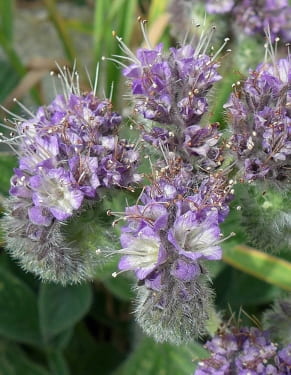Date: 3/21/2019
Location: San Bruno Mountain State and County Park, Radio Rd. Daly City, CA.
Site Description: We saw many different flowers during this field trip. Additionally, we saw different habitats as well including chaparral and prairie grasslands. We also saw a few Ericaceae plants in the Arctostaphylos genus. This trail had a nice mix of coastal shrubs, flowers, and some trees.
Species we saw:
- This California Golden Violet (Viola pedunculata) is a beautiful member of the Violaceae family. Normally, I think of violets as purple or blue-ish in color, but these pretty flowers were a bright yellow color with 5 petals in a large pinwheel-like assemblage. It has multiple stamens but only 1 pistil. The inner parts of its petals have dark markings, with the markings on the bottom-most petals taking up half of the petals. Its leaves are exclusively basal with chordate-like bases that form cone-like structures and acute tips, they almost remind me of lily pad leaves. They have some indented venation on their leaves, giving them a somewhat scaly texture. It is a perennial herb and native to California.
(source: https://www.calflora.org/cgi-bin/species_query.cgi?where-calrecnum=2244)
2. Miner’s Lettuce (Claytonia perfoliata): This interesting herbaceous native annual herb is a member of the Montiaceae family. It has an erect stem coming from the center of what looks very similar to a lily-pad leaf. Its droopy umbel inflorescence contains white 5-petaled flowers. It is one of the most easily recognizable plants we’ve seen so far in the semester (in my opinion). Dr. Paul told us that it gets its name from miners who used to eat miner’s lettuce back in the day. I can only imagine what kind of salad dressing would go well with its leathery leaves.
(source: https://calscape.org/Phacelia-californica)
3. Rock Phacelia (Phacelia californica): This member of the Boraginaceae family has a very unique hairy inflorescence that curls up near the end. Its leaves are deeply, pinnately veined and have entire margins. The flowers themselves are white-to-purple and have indistinguishable amounts of stamens and pistils arising from each flower. The flowers themselves are bell-shaped and are apparently a great food source for the Mission blue butterfly.


